Context: I have a view in SQL Server that tracks parameters a user inputs when they run an SSRS report (ReportServer.dbo.ExecutionLog). About 50 report parameters are saved as a string in a single column with ntext datatype. I would like to break this single column up into multiple columns for each parameter.
Details: I query the report parameters like this:
SELECT ReportID, [Parameters]
FROM ReportServer.dbo.ExecutionLog
WHERE ReportID in (N'redacted')
and [Status] in (N'rsSuccess')
ORDER BY TimeEnd DESC
And here's a small subset of what the results look like:
alpha=123&bravo=9%2C33%2C76%2C23&charlie=91&delta=29&echo=11%2F2%2F2018%2012%3A00%3A00%20AM&foxtrot=11%2F1%2F2030%2012%3A00%3A00%20AM
Quesitons:
How can I get the results to look like this:
SQL Server 2017 is Python friendly. Is Python a better language to use in this scenario just for parsing purposes?
I've seen similar topics posted here, here & here. The parameters are dynamic so parsing via SQL string functions that involve counting characters doesn't apply. This question is relevant to more people than just me because there's a large population of people using SSRS. Tracking & formatting parameters in a more digestible way is valuable for all users of SSRS.
